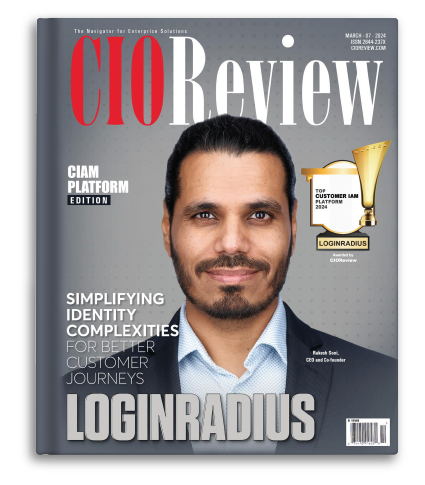Introduction
2021, without a doubt, has been a decisive year for digital transition. As more and more businesses moved their services and operations online, they needed to ensure safety from malicious activities.
However, data shows otherwise.
According to a survey conducted by Insight, almost 80% of IT leaders were not confident about their IT security position; despite an increase in IT security investments by these companies.
More and more organizations are exposing their networks and critical assets to a cyber security risk by employing external contractors and enabling an entire workforce to work remotely.
Is your business safe from cyber exploitation? With widespread cyberattacks, hackers may be able to find their way into your corporate network. As the tech environment expands, it brings along more potential attack surfaces exposed to hacking.
What is an Attack Surface
An attack surface refers to all the possible points that an attacker (unauthorized user) can use to enter your network or application to steal or alter data. In simple terms, all the resources are exposed to exploitation within your enterprise; this could encompass liability for your people, network, or digital environments.
Understanding Attack Vectors
Attack vectors are the points that make your network vulnerable to attacks. These may include access points, services, or protocols. The most common type of attack vectors include:
- Passwords: A hacker may compromise your password through brute force and gain access to critical data.
- Malware: These are malicious softwares that introduce viruses, prompt errors, and slow down your computer.
- DDoS (Denial of Service): Attackers use a DDoS attack to overwhelm a server or network by flooding it with traffic.
- Phishing: Sophisticated phishing attempts can easily trick users into giving away sensitive information through a simple request for email confirmation or password data.
- Insiders: Attack vectors are not just limited to digital assets. An unhappy employee is as much of a threat as any virus. They may share a part of your network with outsiders or attempt to hand over access information for snooping.
Protect Your Network With Attack Surface Analysis
The larger your attack surface, the more vulnerable you are to attacks. The first step to protect your network is to map out your network's weak points to help your security teams identify and understand potential risk areas and minimize the attack surface. Doing this can help you gain a focused outlook on your most vulnerable activities, such as:
- Login and authentication forms
- Data-gathering forms
- File storage locations
- APIs
- Email and text messaging services
- Entry points
- Database users and permissions
How to Reduce the Attack Surface of User Authentication
Let's take a look at how you can decrease your attack surface through these strategies.
- Compliance: First and foremost, make sure your organization meets all the cybersecurity compliances: state, regional, or industry level. This ensures you have standard cybersecurity and also avoid professional fines.
- Simplify access: Use protocols like single sign-on (SSO) and federated identity management (FIM) to simplify user access to all business applications and reduce the burden of remembering multiple passwords.
- Monitor active domains: Implement solutions that allow access only to authorized people. Monitor access points and lockdown any areas that have unusual traffic.
- Multi-factor authentication (MFA): Enhance your IT infrastructure with additional verification protocols to confirm that users are who they claim to be.
- Run less code: Decrease the number of possible entry points by running less code on your computer, server, or cloud infrastructure. Whenever possible, remove or disable features and simplify your code.
- Split your network: You can reduce the risk of unwanted devices or software infecting your critical assets by segmenting your network. For example, you set up a network for your customers that is separate from your employee network.
- Secure credentials: Employee credentials pose a serious risk to your IT assets if they are lost, shared, or stolen. Build a controlled vault and protect passwords with high-end encryption and automatic rotation.
- Optimize DevOps: Streamline your DevOps activities, enabling automatic access to vital IT resources in real-time, securely.
- Close any open ports: A port may be dangerous if the service has weak security protocols or is vulnerable to exploits. Protect your network from any attempt at ransomware and other malicious actors to hijack your systems and data.
- Remove privileged accounts from endpoints: Ransomware and malware are a constant threat to your network. And users with elevated privileges or admin accounts on their endpoints are the most vulnerable to it. Immediately reduce your attack surface by removing all special rights from workstations.
Conclusion
Today's digital world leaves no room for error. Companies across the globe look to expand access to IT resources. However, they face the challenge of securing their infrastructures from cyber threats. Reducing your attack surface is crucial for cybersecurity success, and that’s what a CIAM provider by LoginRadius does best.
By analyzing and implementing the security measures mentioned in this blog, you can safeguard your company from cyber threats and help it leverage the benefit of a dispersed workforce.









